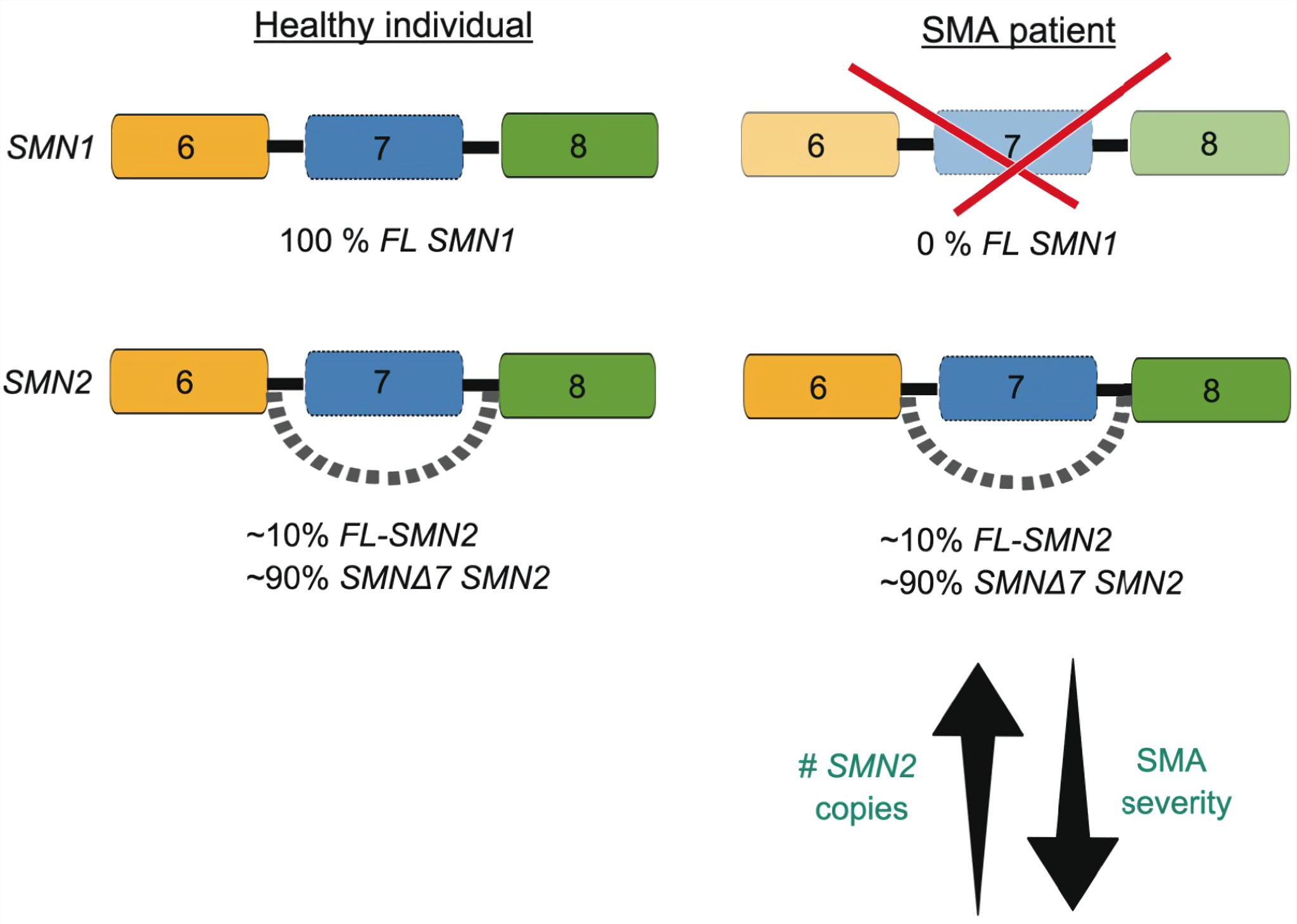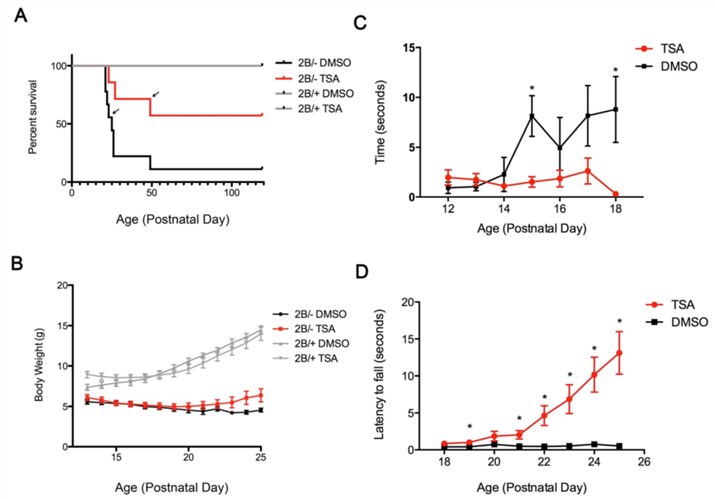Rodent Spinal Muscular Atrophy (SMA) Model
Spinal muscular atrophy is the primary genetic cause of infant mortality and the second most common autosomal recessive genetic disorder affecting one in every six thousand live births. Creative Biolabs is one of the leading companies providing contract preclinical drug development services and we bring years of experience in preclinical pharmacology studies of drug candidates in neurological disease areas such as Spinal Muscular Atrophy (SMA). We offer specific services to meet your needs by conducting efficacy studies with your investigative compounds in various SMA mice models.
Introduction of SMA
Spinal muscular atrophy is a group of autosomal recessive neurodegenerative disorders characterized by degeneration of anterior horn cells of the spinal cord, atrophy of skeletal muscles, and progressive weakness of limbs. Most of the patients with SMA have a homozygous disruption of the Survival Motor Neuron1 (SMN1) gene on chromosome 5q13. In addition, humans also contain a centromeric SMN2, which also produces a small amount of full-length functional protein. Consequently, mutations of SMN1 lead to reduced but not depleted levels of full-length SMN protein in SMA. The SMA disease severity is inversely correlated with the expression level of SMN protein. Patients can be classified into four categories (type I, II, III, IV) based on the severity and the age of onset.
 Fig.1 SMN1 and SMN2 contribute to SMA. (Bowerman et al. 2017)
Fig.1 SMN1 and SMN2 contribute to SMA. (Bowerman et al. 2017)
Mice Models of SMA
In mice, there is one survival motor neuron (Smn) gene which is equivalent to SMN1. Homozygous knockout of Smn1 in mice leads to a massive cell death during early embryonic blastocyst formation resulting in lethality. Therefore, to recapitulate the genetic foundation of human SMA, mouse models have been generated by introducing the human SNM2 gene into animals lacking murine Smn. Here at Creative Biolabs, we conduct efficacy studies in the following most commonly used mice models of SMA.
SMNΔ7 Mice
The difference between SMN1 and SMN2 genes is a single nucleotide in exon 7 which alters the splicing pattern of the two genes. The majority of the transcript from SMN2 in SMA patients lacks exon7 (SMNΔ7). The introduction of SMNΔ7 into the Smn1−/−; SMN2tg/tg mice, however, modestly attenuates the severe phenotype. This model has an average lifespan of approximately 13 days and exhibit symptoms and neuropathology similar to patients afflicted with intermediate type II SMA. Thus, it is frequently used to study the efficacy of potential therapeutics to treat type II SMA.
Hung-Li SMA Mice
Hung-li SMA mice are one of the first intermediate type II SMA modes by building upon a Smn1hung null mutant created independently by introducing a transgene encoding a full-length SMN2 (SMN2Hung). Moreover, intercrossing of animals hemizygous for the SMN2Hung transgene and heterozygous for the Smn1 targeted mutation yields progeny that are hemizygous, homozygous or wild-type for the transgene. Therefore, mice models with phenotypic manifestations of severe (type I), intermediate (type II), and mild (type III) forms of SMA can be generated.
 Fig.2 Trichostatin A (TSA) treatment promotes survival, attenuates weight loss, and enhances motor function in an intermediate SMA mouse model-Smn2B/- mice. (Liu et al. 2014)2, 3
Fig.2 Trichostatin A (TSA) treatment promotes survival, attenuates weight loss, and enhances motor function in an intermediate SMA mouse model-Smn2B/- mice. (Liu et al. 2014)2, 3
Assessments
Creative Biolabs provides a comprehensive evaluation of the efficacy of potential therapeutics. We have strong knowledge and expertise in efficacy studies of gene therapies, biologics, and small molecules. Measurements provided by Creative Biolabs include, but are not limited to:
- Body weights and survival
- Behavioral tests for motor function, cognition, and social behavior
- Echocardiography (ECG) and electrophysiology
- Assessment of neuromuscular junction maturation
- Tissue/blood collections
- SMN level measurement by ELISA
The neurological platform of Creative Biolabs provides an extensive range of rodent neurological disease models. If you are interested, click the following links for more detailed description of each model:
At Creative Biolabs, efficacy study designs of novel compounds can be tailored to suit the special requirements of our clients. Animals can be purchased immediately after the order is placed, which allows for short turnaround time. We always provide the most comprehensive preclinical efficacy studies at the most competitive prices. If you are interested in our services, please contact us to discuss your research needs.
References
- Bowerman, M.; et al. Therapeutic strategies for spinal muscular atrophy: SMN and beyond[J]. Disease Models & Mechanisms. 2017, 10(8):943-954.
- Liu, H.; et al. The, smn-independent beneficial effects of trichostatin A on an intermediate mouse model of spinal muscular atrophy. Plos One. 2014, 9(7):e101225.
- under Open Access license CC BY 4.0, without modification.
For Research Use Only.
